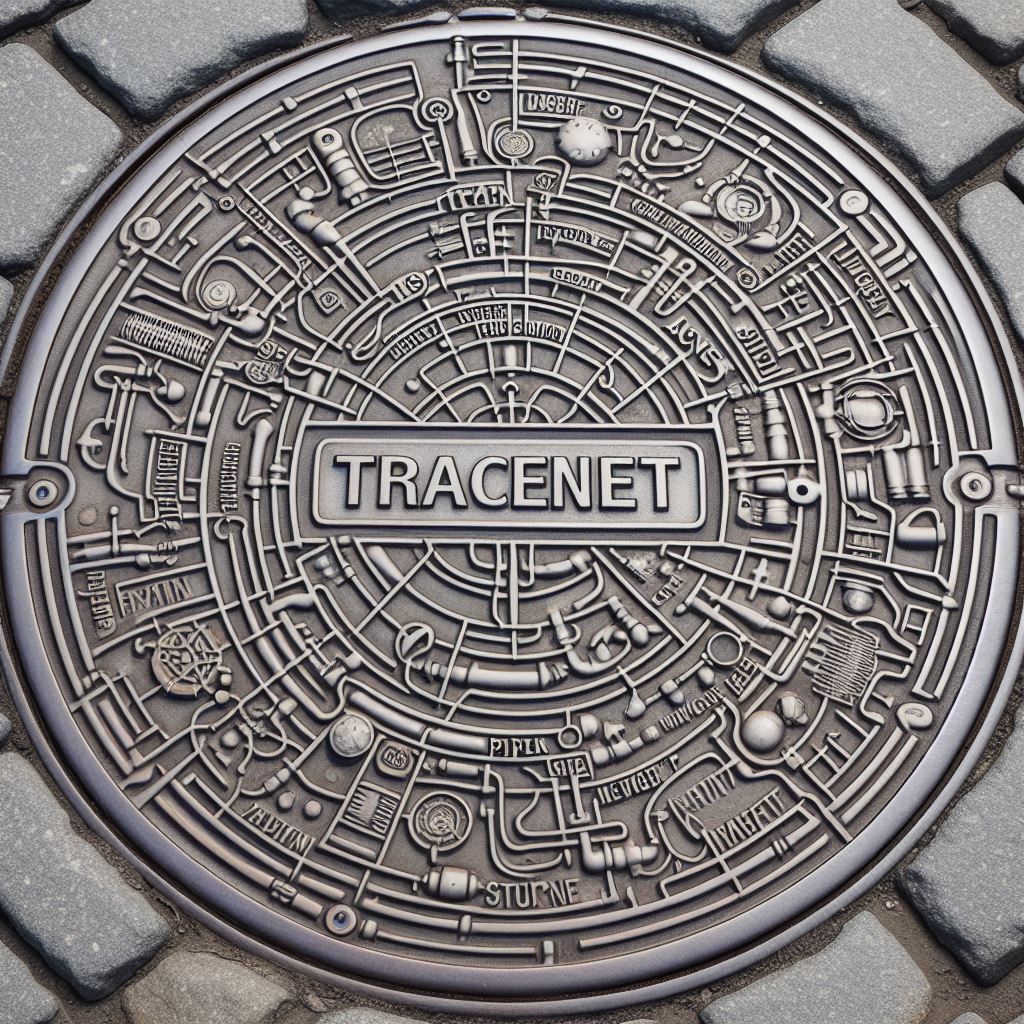Pilot Project

Covid-19 tracking in the sewerage network of Marseilles
Marseilles was an excellent playground for testing and validating the TRACEnet technology. The city is the second largest in France behind Paris and its population reaches about 1 million, which makes it a primary case study. With the IHU-Méditerranée Infection and its international health monitoring and epidemiological surveillance activities, Marseilles hosts among the most advanced health research institutes and university medical centers. The place has been badly impacted by the pandemic, but local authorities early engaged in developing forefront technologies to help manage the crisis effects and succeeded in lowering the number of victims of Sars-CoV-2. The reported death rate of Covid-19-positive patients was one of the lowest in France.

BMPM partnership
With the support of the Marseilles Métropole authorities, a partnership was early established in spring 2020 between the National Center for Scientific Research (CNRS) and the Marine Fire Fighting Battalion in Marseilles (BMPM). The COMETE unit, specialized in CBRN protection, committed to sampling operations within the sewerage network under CNRS supervision. Acting in this area implied obtaining a number of official accreditations to fulfill national legal requirements, particularly regarding secrecy and privacy protection. The partnership proved to be highly rewarding and effective, and achieved immediate success.

Network modeling
Marseilles global sewerage network is made up of more than 50,000 pipe edges and 65,000 access points. Wastewater flows towards a unique destination, i.e., the Géolide WWTP (WasteWater Treatment Plant) located in South Marseilles next to the Vélodrome Stadium. Tracing biocomponents implied processing big datasets and various inputs. Raw network data were seriously flawed by inaccuracies and missing information, which undermined their potential use. Much time and energy were devoted to correcting errors and establishing an operational model. The TRACEnet technology can only be rolled out using appropriate inputs. Upon completion of this task, we defined limited perimeters liable for pilot sampling operations.

South Marseilles
The first pilot operation was conducted in South Marseilles - Pointe Rouge - Vieille Chapelle, a famous residential and touristic area next to the Calanques National Park. This subnetwork collects wastewater for about 15,000 people and consists of 2,500 pipe edges. The BMPM ran two sampling missions on 19-21 July 2021 and 15-17 November 2021. These two operations were carried out in a low prevalence period. The objective was to identify early clusters and help prevent further disease spread. Each mission was achieved sequentially over 3 days with limited operational staff. The project enjoyed immediate success with the identification of higher-scale clusters despite the complexity of the local subnetwork.

North Marseilles
We ran a second operation in North Marseille - Septèmes - Les Pennes Mirabeau, a sensitive, low-income area made of large building complexes on the edges of the city. The area is home to the University Medical Center Hôpital Nord. 45,000 people live in the area and 7,200 pipe edges make up the local subnetwork. CNRS and BMPM conducted one sampling operation on 1-3 December 2021, during a high prevalence period. Once again, success was achieved with the identification of large hot spots in badly referenced neighborhoods, demonstrating our capacity to locate disease clusters with the highest accuracy even under peak crisis conditions.

Reporting
These pilot operations demonstrated our capacity to:
Help prevent and/or assist lockdown policies
Address the accuracy challenge and identify contamination sources down to the building unit
Build a strong rapid reaction capability
Manage surveillance despite scarce resources available
Complement existing single point WWTP surveillance systems
Conduct both mobile and static sampling operations

Media
The BMPM already conducted surveillance operations covering the entire urban area through subcatchment systems (low scale level) and reported its activities in the media on a weekly basis. With the TRACEnet technology, high accuracy investigation proved effective. Given that no competing technology could be identified worldwide, the BMPM decided to disclose the information to the media (BFM TV , FranceTV, 20 minutes).
See TV and media
Development
These achievements triggered different developments:
The CNRS identified TRACEnet as a valuable innovation for technology transfer and entrusted the SATT Sud-Est company with the project promotion. Process and algorithms are legally protected.
The period 2022-24 was dedicated to software development. The TRACEnet technology is now a fully operational software application, covering different needs, from modeling to sampling and mapping.






